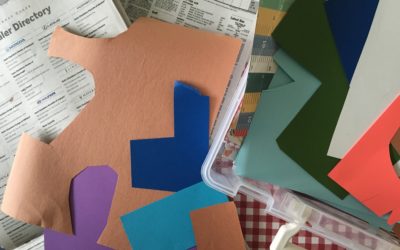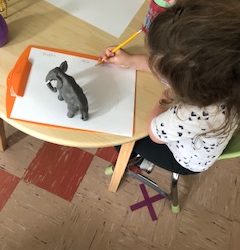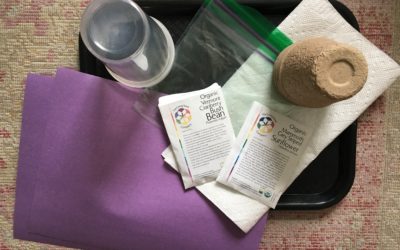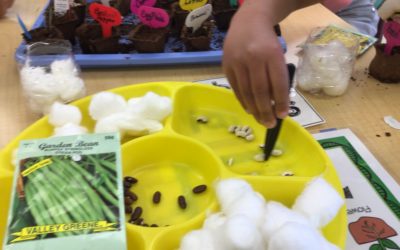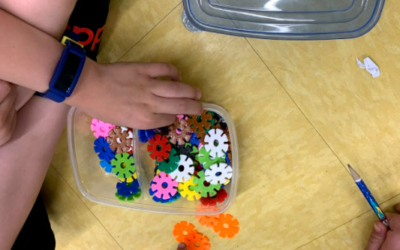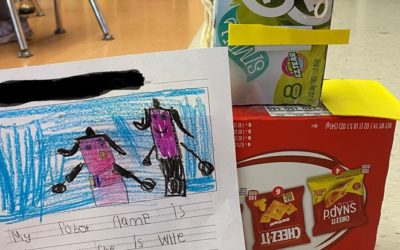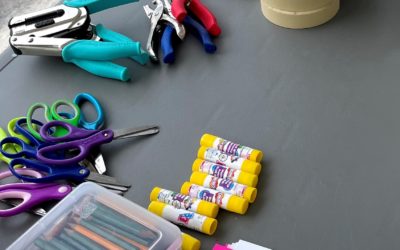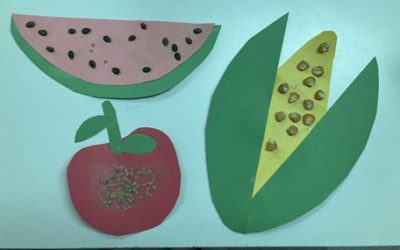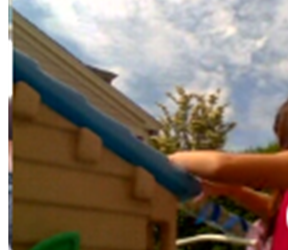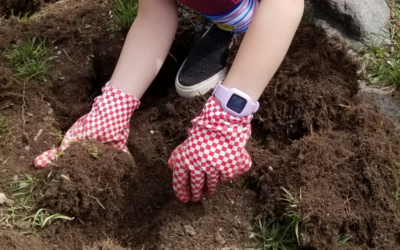For Educators
We are the champions of play.
Play isn’t killing time. It’s creating character.
Everything we want from our children is already in them. And play is how they unlock it.
Making Paper
Did you know that approximately 815 million trees get cut down each year for the production of paper products? As stewards of the Earth, we need to work together to lower that number. This lesson helps students understand that the Earth’s natural resources are limited and need to be protected and conserved. In the activity, students will learn the process of paper-making by using recycled paper and household materials to create new paper.
Shadows and Sun Fun!
Students will create a drawing or painting of different shadows from either the same or a different object of their choice. This painting could be from shadows of an animal figurine, a vase of flowers, or a block structure they built. The possibilities are endless!
How Does Your Garden Grow?
Most students know that plants need sunlight, water, and soil to grow, but what would happen if one of those elements were eliminated? In this lesson, students design an experiment to help answer that question.
Magic Beans
We know what seeds look like when we plant them and we know what seeds look like when a plant begins to grow. What does that seed look like in the process in between? In this lesson, children will experiment with seeds in cotton balls rather than soil. The use of cotton balls will allow the children to see the seed as it sprouts and grows roots. The children will be able to see how long a seedling takes to grow from the ”ground.” Children can chart and measure the growth of the seeds. They can also draw what they see from start to when a plant begins growing in their bean diary.
Inventory The Classroom!
Efficiency in counting can be a tricky skill to teach. In the early years, students are used to counting groups of items by 1s and practicing memorization of counting by tens. This activity will allow for students to use a discovery approach to learn how much faster/more efficient it can be to count objects in groups of ten! Students will also feel like they are helping the teacher to complete a classroom task!
Bot Creation
This lesson is based on the story “Dylan and The Magical Robot”. Dylan Is creative boy who loves to draw. One day, he draws the most magnificent robot that comes to life! The student’s eyes light up throughout the whole story and they are even more excited when they realize that they get the chance to draw and bring to life their very own robot! This is a great lesson for students to be able to participate in a hands-on engineering activity while being able to connect in common core writing standards.
From Materials to Goods
Where do the materials we use to make goods or products come from? How are they made? What is the process?
The materials we use to make goods come from resources in our world and in our community. Some materials come from plants, animals, the earth. We use the resources in our community to make materials to make goods or commodities to buy and sell in markets.
Let’s Study Seeds
With this activity students will talk about and compare the size of the seeds, the color of the seeds and quantity of the seeds. Students will make fruit and veggie collages that represent the seeds they chose.
Go With The Flow
Go with the Flow introduces students to the properties of water. They will utilize no-cost materials to work with their peers, families, and teachers to design and create a water slide that uses gravity to move a toy from the beginning of the slide to a pool at the end.
Dirt Detectives
Let us be dirt detectives and explore what is on the top layer of dirt and what lies underneath our dirt! Students will listen to a read-aloud about dirt or soil’s role in growing plants. Then, as dirt detectives they will individually or in pairs investigate and record what is on the surface of a small plot of land. Next, they will dig down into the dirt and observe what is underneath.


